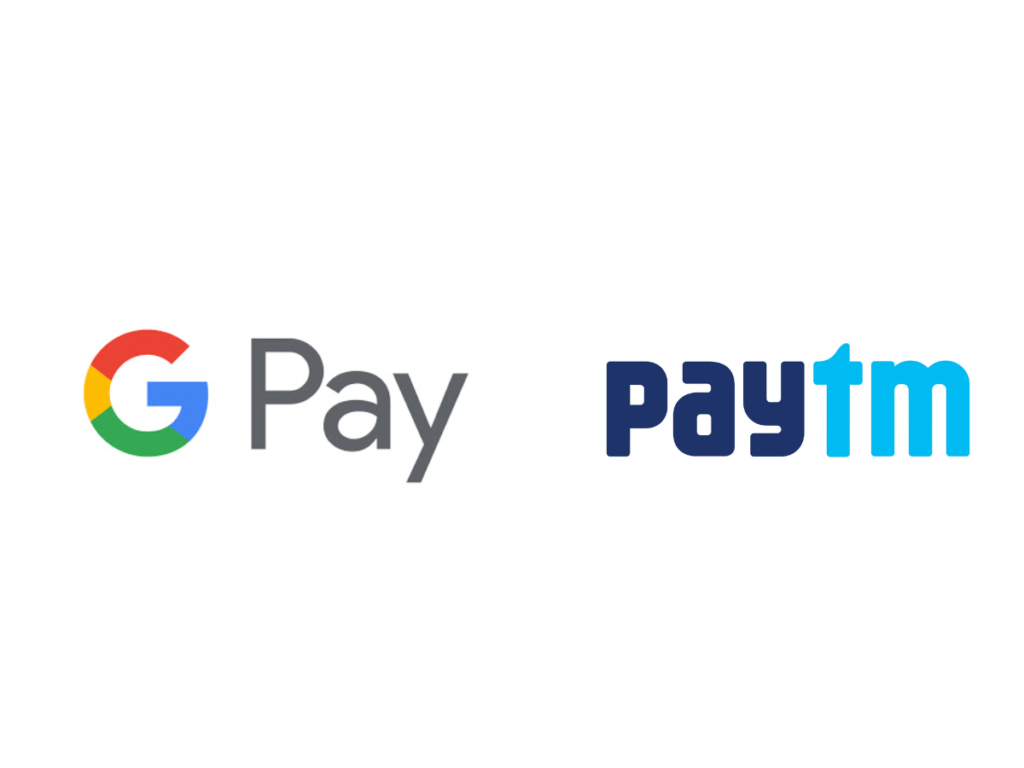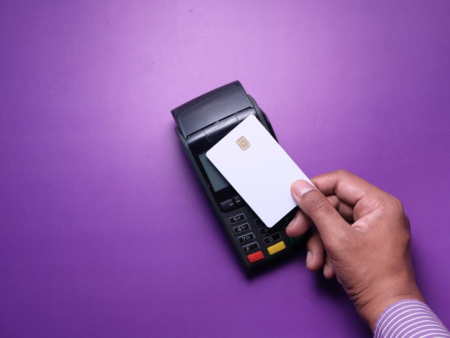Discover the security features of Google Pay and Paytm to make informed choices for safer online purchases amid rising cybersecurity concerns.
Mobile wallets are being used more frequently by users for quick and secure transactions as digital payment systems become more well-known. In India’s digital payments market, Paytm and Google Pay are two of the most well-known players, offering customers a variety of options.
People regularly query if platforms are more secure due to rising cybersecurity worries. In this post, we’ll examine the security features of Google Pay and Paytm to help readers make more informed choices about their online purchases.
Security Features of Paytm
Utilizing several factors for authentication – In order to access their accounts, Paytm customers must provide a variety of forms of identification, including passwords, fingerprints, and one-time passwords (OTPs). This additional layer of security fortifies barriers against unauthorized access.
Encryption using SSL (Secure Socket Layer) – Through SSL encryption, Paytm protects data transferred between a user’s device and its servers. Sensitive data, including payment information, is secured and protected from any attacks thanks to SSL encryption.
Attachment of Devices – Device binding is a method used by Paytm to link a user’s account to a certain device. By restricting account access to just approved devices, this feature adds an extra degree of security.
Biometric Recognition – For specified transactions, Paytm supports biometric identification, such as fingerprint or face recognition, to ensure safe and convenient access to the user’s wallet.
Features of Google Pay Security
Transactional PIN – Users are prompted to create a transaction PIN by Google Pay as an additional layer of security. In order to safeguard the user’s account against fraudulent activity, this PIN is necessary for payment completion.
Device Recognition – In order to ensure that only the authorized user has access to the app and may complete transactions, Google Pay takes advantage of the device’s built-in security capabilities, such as screen locks and biometric verification.
Tokenization – Google Pay uses tokenization to replace actual card information with a special digital identifier, or token. This lessens the possibility of data breaches by preventing the retention or interchange of sensitive card information during transactions.
Real-time Payment Monitoring – Users of Google Pay can get notifications for all payment operations in real time thanks to the service’s capability for real-time transaction monitoring. Moreover users may immediately recognize and handle any fraudulent transactions thanks to this functionality.
Compare security measures
Approaches to Authentication – Both Paytm and Google Pay use robust authentication methods, such as OTPs, fingerprints, and transaction PINs, to confirm users and secure transactions. The user’s commitment to protecting the privacy of their credentials will determine how effective these strategies are.
Data Security and Encryption – Both systems use SSL encryption to safeguard data while it is being transmitted, ensuring the security of sensitive data. Furthermore, by eliminating the need to store actual card details, Google Pay’s tokenization enhances data security.
Object Safety – Device security is prioritized by Paytm and Google Pay, who only allow access from approved devices. Users must set up strong screen locks and biometric authentication on their devices to increase security.
Constant Watching – Real-time transaction monitoring is a crucial security feature that both platforms provide. Consumers may identify and report suspicious behaviour right away thanks to prompt notifications.
Compliance with regulations and data privacy
Adherence to regulations – Both Paytm and Google Pay abide with the rules governing digital payment platforms in India. Ensuring regulatory compliance boosts user confidence in the platforms’ security practices.
Data Protection – Both platforms are committed to protecting user information and upholding data privacy. Users should check site privacy policies and terms of service to see how their data is protected.
Standards of Conduct and User Education
User comprehension – Although Google Pay and Paytm have strong security safeguards, users’ responsibilities and understanding are just as important for secure transactions. Protecting payment and login credentials requires vigilance.
How to Stay Safe Online – Avoid phishing schemes, strange websites, and sharing personal information with strangers. Phishing assaults jeopardize account security and cost money.
Paytm and Google Pay’s Web3 Adoption – Web3 is changing digital money and payments. Paytm and Google Pay have made millions of transactions easy and comfortable for years. Web3’s decentralization has prompted these platforms to adapt to compete in this changing financial landscape.
Decentralization gives Web3 users more control over their data and assets. Paytm and Google Pay may investigate decentralized blockchain solutions. Customers may need private keys and digital wallets to hold, control, and trade bitcoin and other digital assets.
Web3 promotes platform and blockchain interoperability. Paytm and Google Pay may join with blockchain networks to enable cross-chain transactions and asset transfers between DeFi ecosystems.
Moreover as interest in tokenization and NFTs grows, Paytm and Google Pay may offer tools to tokenize real-world assets or acquire NFTs through their platforms. This expansion into digital artifacts and asset ownership may appeal to a wider audience, including investors and art lovers.
CBDC education – Paytm and Google Pay may add these digital fiat currencies as additional central banks produce Central Bank Digital Currencies (CBDCs). CBDCs may allow these payment giants to seamlessly swap customers between fiat and digital currencies within their ecosystems.
Improved DeFi Services – Web3’s DeFi platforms are popular. Paytm and Google Pay may introduce DeFi services to enable customers stake assets, collect interest, and vote.
Smart Contracts for Transactions Google Pay and Paytm may use smart contracts, which Web3 apps need. Self-executing contracts speed up transactions, automate payments, and increase security and transparency.
In the end
Both Paytm and Google Pay place a high priority on platform security and use cutting-edge measures to preserve user information and transactions. These platforms implement security features as SSL encryption, device binding, multi-factor authentication, and real-time monitoring.
Finally by using robust authentication procedures, turning on device security features, and being aware of potential dangers, users can increase their security. Finally, users are responsible for the security of digital transactions; they must use caution, adhere to best practices, and choose platforms in line with their security preferences.












